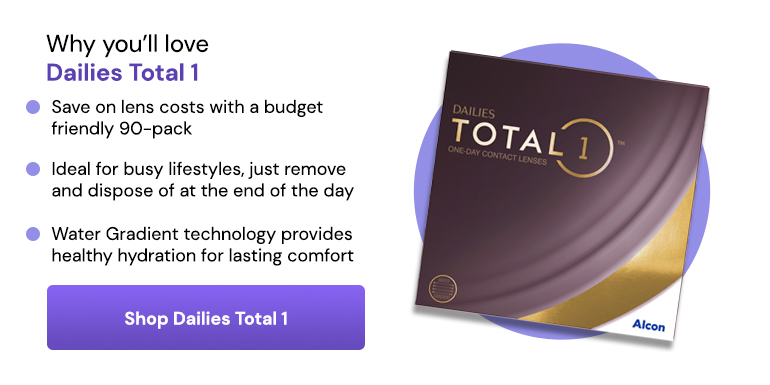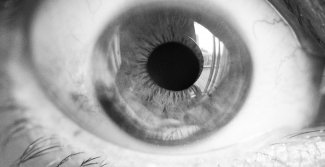What is Keratoconus?
Photo by Pixabay on Pexels
Keratoconus is when your cornea (the front surface of your eye) thins, affecting its natural dome-like shape. This causes the cornea to bulge outwards and become cone shaped. It usually develops from your teenage years to your early twenties and is more commonly found in men than women.
The cornea has an integral role in helping focus light onto your retina to help produce a crisp, clear image. If it is misshapen, light cannot be focused correctly, causing images to appear blurred. When this happens for people suffering from keratoconus, it is known as irregular astigmatism.
What causes this to happen?
The exact cause is unknown. However, it can be associated with excessive eye rubbing, exposure to UV rays, frequently irritated eyes or wearing contact lenses that are poorly fitted.
What are the symptoms?
Due to change in the shape of your cornea, keratoconus can cause myopia and astigmatism. You may also become sensitive to light. In bright conditions, more light is able to enter the eye. Due to the irregularly-shaped cornea, however, the light is scattered rather than focused correctly on the retina.
Can it be corrected?
There are different methods to treat keratoconus depending on how progressed the condition is. We’ve listed the most common treatment methods below.
Glasses

Photo by Panos Sakalakis on Unsplash
During the early stages, glasses may be the easiest solution. As the condition progresses, you may need lenses that are thicker and heavier. This could start to affect your peripheral vision. Your prescription is also likely to change frequently, meaning you might need to change your glasses on a regular basis. For these reasons, you may wish to consider corrective contact lenses.
Contact lenses
If glasses are no longer helping, then you may prefer to use hard (rigid gas permeable) lenses. These are made from a thicker plastic than soft contacts and so their extra stability provides a better fit over the cornea, allowing light to enter and focus correctly. Bear in mind that with all contact lenses, you may have to try a few before finding the most comfortable fit, so don’t give up!
If you find that hard lenses are uncomfortable, there are other types of contacts that might help, such as:
Tailor-made soft lenses - Typically more helpful in early keratoconus, these are specially made lenses that can often be more comfortable than standard rigid gas permeable (RGP) lenses.
Hybrid lenses - These lenses have a rigid centre to hold the cornea’s shape with a soft outer area to provide comfort. It’s worth noting that these aren’t specifically designed for people with keratoconus.
Scleral lenses - The sclera is the white area of your eye. A scleral lens is a larger soft contact that sits on the white of your eye instead of on your cornea. They can take longer to fit, but generally, they’re more comfortable than an RGP lens.

Corneal Transplant
In very advanced cases, where contact lenses fail to improve vision, a corneal transplant may be needed. This type of intervention is rare however since the introduction of corneal cross-linking (CXL). CXL is a relatively new treatment that can stop the disease from getting worse. It is effective in over 94% of patients with a single 30-minute outpatient procedure.
Keratoconus typically stabilises during adulthood. Changes to your prescription are likely to be subtle, but it’s best to always keep up to date with your eye tests as each case of this condition is unique to each individual.



